80 More Rooms at the Hilton?
Desired 48,000 Square Feet May Be a Long Time Coming
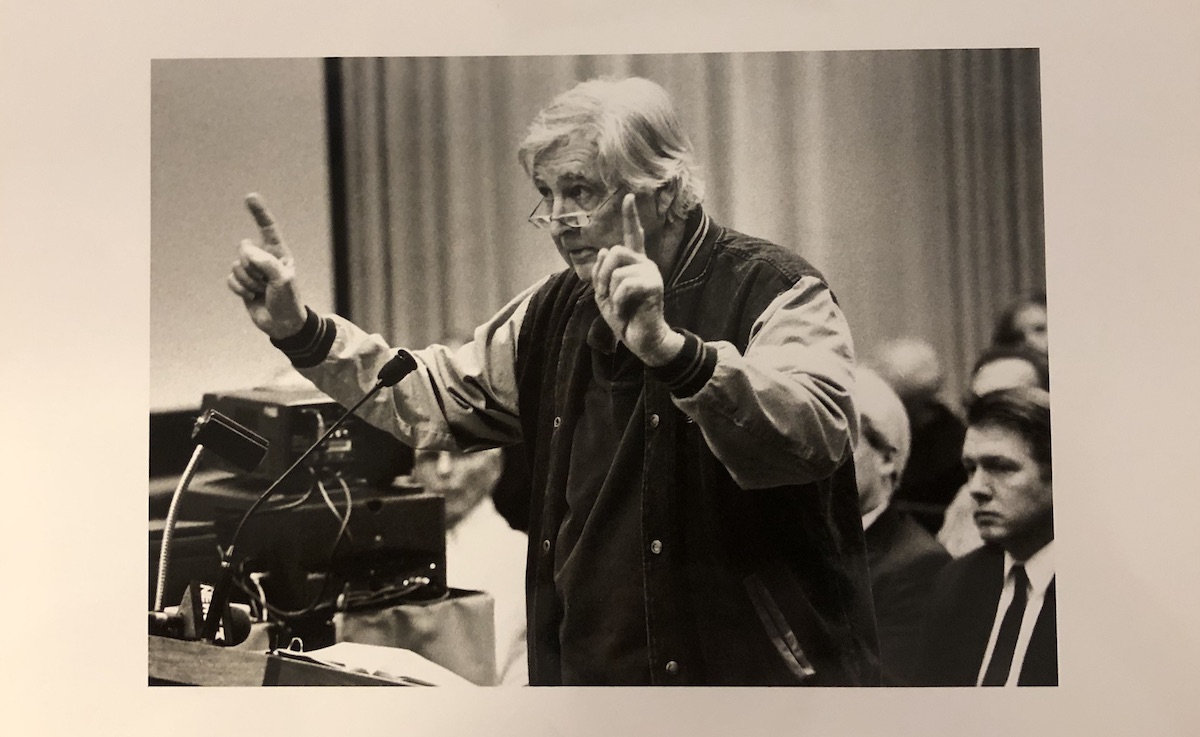
It should come as no surprise that the Hilton Santa Barbara Beachfront Resort’s recently proposed expansion has stirred up controversy. This is just another chapter in a longstanding Santa Barbara tradition: one in which environmentally challenged developments can eventually be made acceptable, but only if the developer is willing to negotiate — sometimes for years — with government staff and activist organizations.
Davy Crockett may have “Kilt him a b’ar when he was only 3,” but Fess Parker — who played the role in the popular 1950s TV series — learned that building a hotel on Santa Barbara’s beachfront could be an even bigger challenge.
Fifty years ago, when the property was owned by American Communities and Southern Pacific, a massive hotel and shopping center was proposed for the 36-acre site. In order to provide the development with direct access to the beach, Cabrillo Boulevard would have to be rerouted — behind the hotel complex. The City Council, dominated by the business community, loved the idea. Santa Barbara’s nascent environmental movement, galvanized by the historic Union Oil platform blowout three years earlier, hated it.
The Committee to Save East Beach was created to fight the project. Fess Parker then entered the picture, acquiring the property by convincing Southern Pacific to let him have the option of renewing the long-term lease that previously belonged to Hyatt. In 1977, Parker submitted a plan for a 500-room hotel that included a 1,500-capacity conference center, 200 luxury condos, and even some low-income housing. But by now, the City Council was solidly in the hands of environmentalists, who strongly opposed the plan.
Over the next five years, Parker, city planners, and environmental groups debated various scaled-down alternatives. By 1982, an agreement was reached: a plan for a low-rise 360-room hotel with significant setbacks from Cabrillo Boulevard in order to preserve mountain views. The conference center was reduced to 1,000 capacity, and Parker agreed to develop six acres as a public park — today Chase Palm Park.
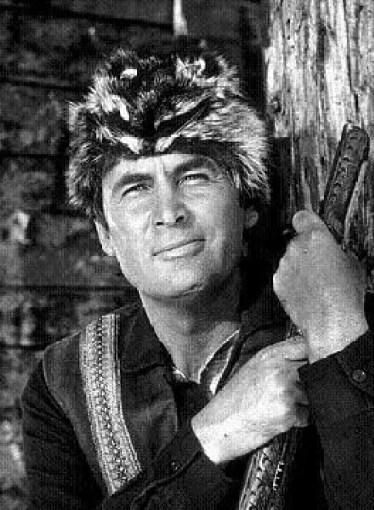
The final plan got a 6-1 vote by the City Council and unanimous approval by the California Coastal Commission. The environmental community, however, was divided. The original Committee to Save East Beach, Citizen’s Planning Association, and most other major environmental organizations were on board. It was opposed by Network, Sierra Club, and Audubon Society.
Save Our City, a new organization, then entered the fray, claiming the project would turn Santa Barbara into a “convention city.” It argued that the 36 acres should instead be converted into a public park and created the Cabrillo Park Foundation in hopes of raising the $35 million needed to buy the property. Parker supporters countered that such a large sum would never be found. Instead, they argued, under the area’s zoning, ramshackle hotel development and light industrial uses would result.
Save Our City gathered signatures and forced a referendum on the Parker project. The city fought the referendum in the courts but was eventually overruled by the California Supreme Court. The vote, held on March 12, 1985, resulted in a record-high turnout (45 percent) for a local election, and voters overwhelmingly approved the Parker project 72 to 28 percent.
We ran Parker’s campaign. We were and remain strong environmentalists. We argued that years of planning and compromise by Parker, public officials, and local environmentalists would be wasted if the proposal were rejected. The clear message would be that there is no point in working together on divisive issues in hopes of achieving an acceptable compromise solution.
Most local environmentalists agreed with us, including Selma Rubin, one of Santa Barbara’s most well-known and respected environment activists. Her endorsement gave us a winning slogan: “If Selma says it’s right, it must be right.”
The subsequent history of the hotel, reflected in its bewildering list of names, provides some insight into the commercial real estate industry. Parker’s original partnership with Red Lion resulted in the Fess Parker Red Lion Inn, but when DoubleTree (a Hilton brand) acquired the hotel in 1996, it became the Fess Parker Doubletree. After a major facelift in 2018, it was renamed the Hilton Santa Barbara Beachfront Resort. Fess Parker’s name was apparently no longer a major selling point; Davy Crockett’s time had clearly passed. In fact, however, the hotel is jointly owned by owned by the Parker family (Fess died in 2010) and Park Hotels & Resorts, one of the largest publicly traded lodging real estate investment trusts in the country.
Which brings us back to the hotel’s current proposed 80-room expansion. This is apparently a scaled-down version of a second 225-room hotel, located near Cabrillo and Calle Cesar Chavez, that Parker had hoped to build in the late 1990s. Having tired of the city’s laborious review process, he decided to bypass the city entirely and take his new project directly to the voters. Parker got sufficient signatures to force another referendum, one that would actually amend the City’s General Plan and zoning ordinances, the California Coastal Plan, and pretty much anything else that would get in the way of his proposed hotel. The vote on November 2, 1999, didn’t go well for Parker. His proposal went down 65 to 35 percent.
The current 48,800-square-foot hotel expansion includes an adult swimming pool, spa, outdoor fire pit, lounge area, and bar, at the same location as the 1990s proposal. At its August 22 meeting, the Historic Landmarks Commission was not impressed with a “pre-application consultation,” which found the design too “jarring, busy, and exciting.”
Sound familiar? We all know where this can lead. And “b’ar” killing no longer has any cred, at least not in Santa Barbara.

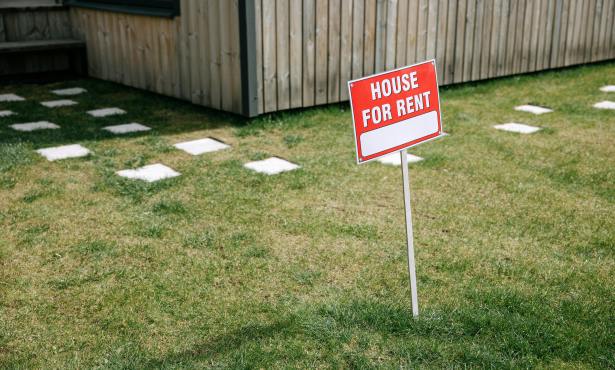
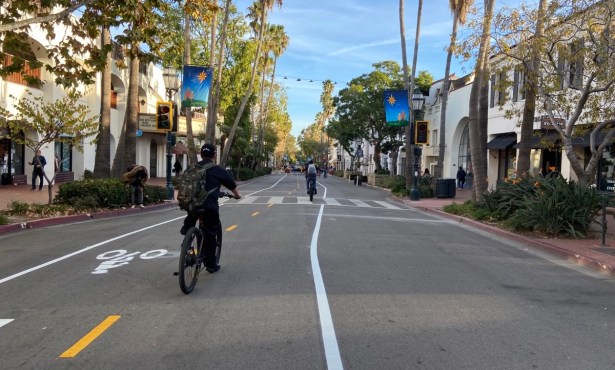
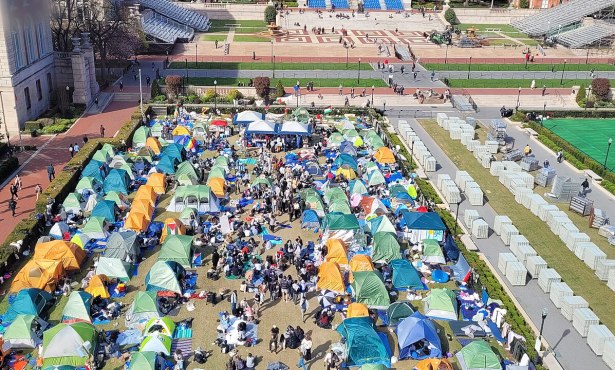
You must be logged in to post a comment.